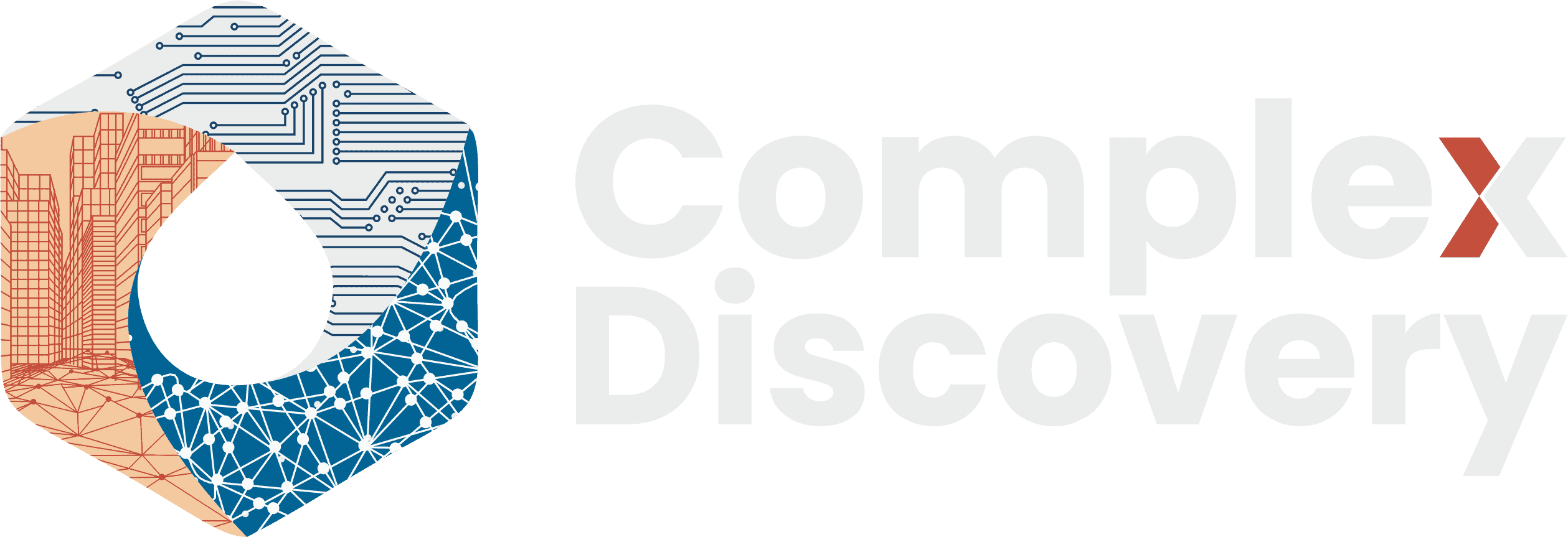|
|
Content Assessment: The Datification of Everything? Cybersecurity Research and Innovation Needs and Priorities (ENISA)
Information - 91%
Insight - 90%
Relevance - 88%
Objectivity - 92%
Authority - 93%
91%
Excellent
A short percentage-based assessment of the qualitative benefit of the recently released research and innovation brief from the European Union Agency for Cybersecurity (ENISA) on cybersecurity research and innovation needs and priorities.
Editor’s Note: From time to time, ComplexDiscovery highlights publicly available or privately purchasable announcements, content updates, and research from cyber, data, and legal discovery providers, research organizations, and ComplexDiscovery community members. While ComplexDiscovery regularly highlights this information, it does not assume any responsibility for content assertions.
To submit recommendations for consideration and inclusion in ComplexDiscovery’s cyber, data, and legal discovery-centric service, product, or research announcements, contact us today.
Background Note: The European Union Agency for Cybersecurity, ENISA, is the Union’s agency dedicated to achieving a high common level of cybersecurity across Europe. Established in 2004 and strengthened by the EU Cybersecurity Act, the European Union Agency for Cybersecurity contributes to EU cyber policy, enhances the trustworthiness of ICT products, services, and processes with cybersecurity certification schemes, cooperates with Member States and EU bodies, and helps Europe prepare for the cyber challenges of tomorrow. Through knowledge sharing, capacity building, and awareness-raising, the Agency works together with its key stakeholders to strengthen trust in the connected economy, to boost resilience of the Union’s infrastructure, and, ultimately, to keep Europe’s society and citizens digitally secure. Focused on knowledge sharing and awareness-raising, this new research and innovation brief may be beneficial for cybersecurity, information governance, and legal discovery professionals seeking to better understand the challenges and opportunities of cybersecurity in a digitized and datafied world.
Research and Innovation Brief*
Annual Report on Cybersecurity Research and Innovation Needs and Priorities
European Agency for Cybersecurity (ENISA)
Executive Summary
The future of the European Union (EU) in the digital age depends on the choices made today and the ability of individuals, businesses, and organizations to address challenges and seize opportunities. While Europe and the world recover from a public health crisis, it is vitally important to identify future challenges and opportunities.
This decade, the EU will increase investment in research and innovation (R&I). One of the focus areas will be the digital transformation of the economy and society that works for people by promoting the European way of life, supporting democracy and values, and protecting its strategic autonomy. In this context, the work of the research community is crucial in creating the knowledge necessary to understand what lies ahead. The EU is a strong player in knowledge and innovation: it accounts for almost 20% of global research and development, publishing, and patenting activities.
This document offers a forward-looking perspective on some of these challenges and opportunities. It recognizes the importance of key structural trends with major implications for the EU’s digital ambitions to 2030 and beyond. The multidisciplinary nature of these trends led to the selection of four main themes that form the structure adopted for this report: hyperconnected world, intelligent systems, cybersecurity in life sciences (biotechnology), and computational security.
Digital hyperconnectivity is a trigger for all other trends and is independent of any particular technology. Ubiquitous connectivity will increase the convergence of industries, products, technologies, and services, driven by the accelerated datafication of everything. The growing appetite for data will help make technology smarter as the next frontrunner in the race for greater automation and optimization in everyday life. In addition, hyperconnectivity, ratification, and intelligent automation also contribute to research in the life sciences. This decade, as a result of the pandemic and the efficiency of biotechnology, the EU will increase investment in the research and development of new technologies for the pharmaceutical and health sectors.
However, hyperconnectivity and intelligent automation do not come without challenges. While the benefits are well known, the challenges and risks are yet to be fully recognized. Cybersecurity is crucial to ensure that EU citizens, businesses, and organizations can enjoy the promised benefits in a reliable and trustworthy environment. This report also aims to identify some of the future needs in protecting data and securing authentication, by creating knowledge in computational security. A summary of the findings across all the thematic areas is presented in Table 1 below.
Table 1 – Research & Innovation Needs and Priorities (PDF)
RIT Annual Report 2021 Table - Summary of R&I Needs and Priorities ExtractDuring 2022, ENISA will promote several initiatives with stakeholders and the community to discuss the challenges and corresponding research needs outlined in this report. These findings will also be used by ENISA to identify funding priorities for the Strategic Agenda and for the work program of the European Cybersecurity Industrial, Technology and Research Competence Centre (ECCC).
Read the original announcement.
RIT Annual Report 2021
Additional Reading
- [Annual Update] International Cyber Law in Practice: Interactive Toolkit
- Defining Cyber Discovery? A Definition and Framework
Source: ComplexDiscovery



























